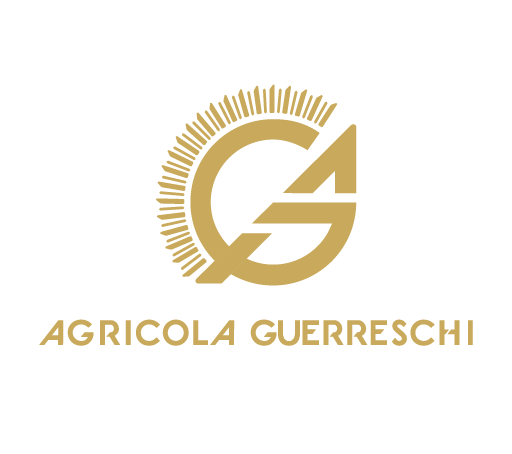BASE
VALPOLICELLA DOC

BASE
Crafted with care and respect for our environment, BASE is more than just a wine—it’s a commitment to sustainability. Delight in the vibrant flavors of ripe fruits and subtle spices, knowing that each bottle embodies our pledge to sustainable viticulture. With each sip of our Valpolicella, you’re not just experiencing the rich flavors of our terrior you’re joining us in our journey towards a more sustainable future “One sip at a time”
Corvina 70% | Rondinella 30%
Valpolicella
Denominazione di Origine Controllata
San Dionigi hill in the frame of Valpolicella Valley. Colluvial soil, made up of mostly limestone with subtracts of clay. Upper vineyards are terraced with a south-east exposure. Altitude: 120-220 m.
Colour : ruby red, clear and transparent .
Bouquet : fresh with clear notes of cherry and currant .
Taste: good body, good structure, well -balanced and harmonious
structure. The after taste confirms the notes of the bouquet .
Suitable for ageing : Within 4 -5 years.
Vine density : 5200 vines per hectare.
Vineyard age: 9 years.
Cultivation: ESPALIER – Guyot .
Pruning : Winter pruning + green pruning for plant and
fruit control
Production: Valpolicella DOC – 90/100 quintals /ha &
IGT Veronese – 70/80 quintals /ha
Alcohol (% vol.): 12.5%
Reduced sugar ( g/l): 0.9
Total Acidity ( g/l): 5.93
Net dry extract ( g/l): 28.1
End of September – Early October
12.5 %
Contain Sulphites
16°-18°C
Starters with game, and intense-flavored meat sauce. spinach, chard. Red meat.

750ml
"Unleashing the potential of Veneto's finest grapes
Valpolicella base wine, produced in the Veneto region of Italy, is known for its high-quality and distinctive flavors. The “Strada dei Monti” of Verona is an area characterized by soils with particular pedogenetic characteristics that significantly influence the quality of the grapes and wines produced. Here are some of the main characteristics of the soils in this area:
Limestone-Tuffaceous Composition: The soil is mainly composed of limestone and tuff rocks, which give the soil a good draining capacity. This is essential to avoid waterlogging that could damage the roots of the vines.
Low in Organic Matter: The soils of the Strada dei Monti are generally poor in organic matter. This causes the vines to develop deeper roots in search of nutrients, improving their resistance and fruit quality.
Rich in Skeleton: The presence of a high content of skeleton (i.e. gravel and stones) improves soil drainage and facilitates root penetration. This type of soil is ideal for growing vines, as it reduces the risk of moisture-related diseases.
Lean and Difficult to Work Soil: The lean and stony nature of the soil makes tillage difficult, but it is precisely this characteristic that forces the plants to put more effort into growth, resulting in more concentrated and higher quality grapes.
Microclimate and Altitude: The hilly position helps to create an ideal microclimate for viticulture. The temperature variations between day and night favor the slow and complete ripening of the grapes, preserving aromas and acidity.
The pedogenetic characteristics, with their calcareous and tuffaceous soil, poor in organic matter and rich in skeleton, are decisive for the production of high quality grapes, which give life to our rich and complex wines.
